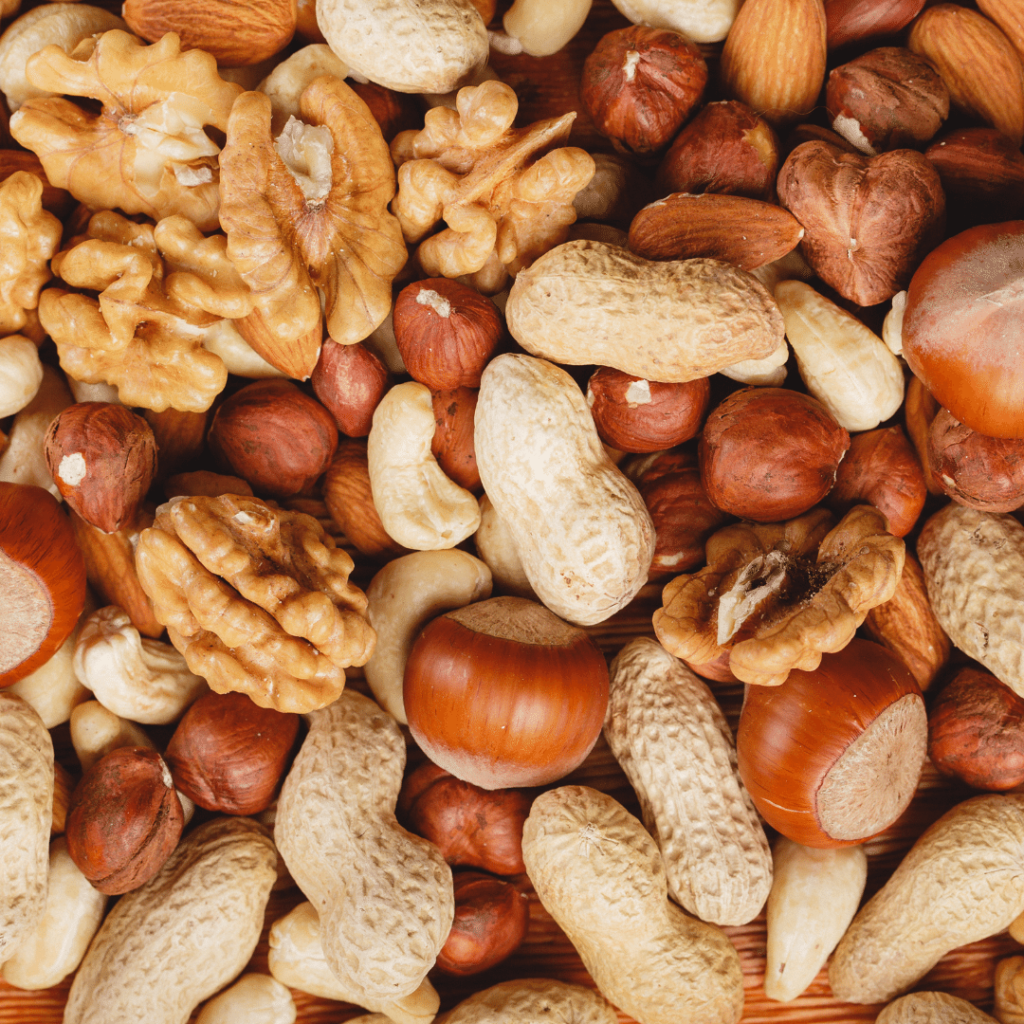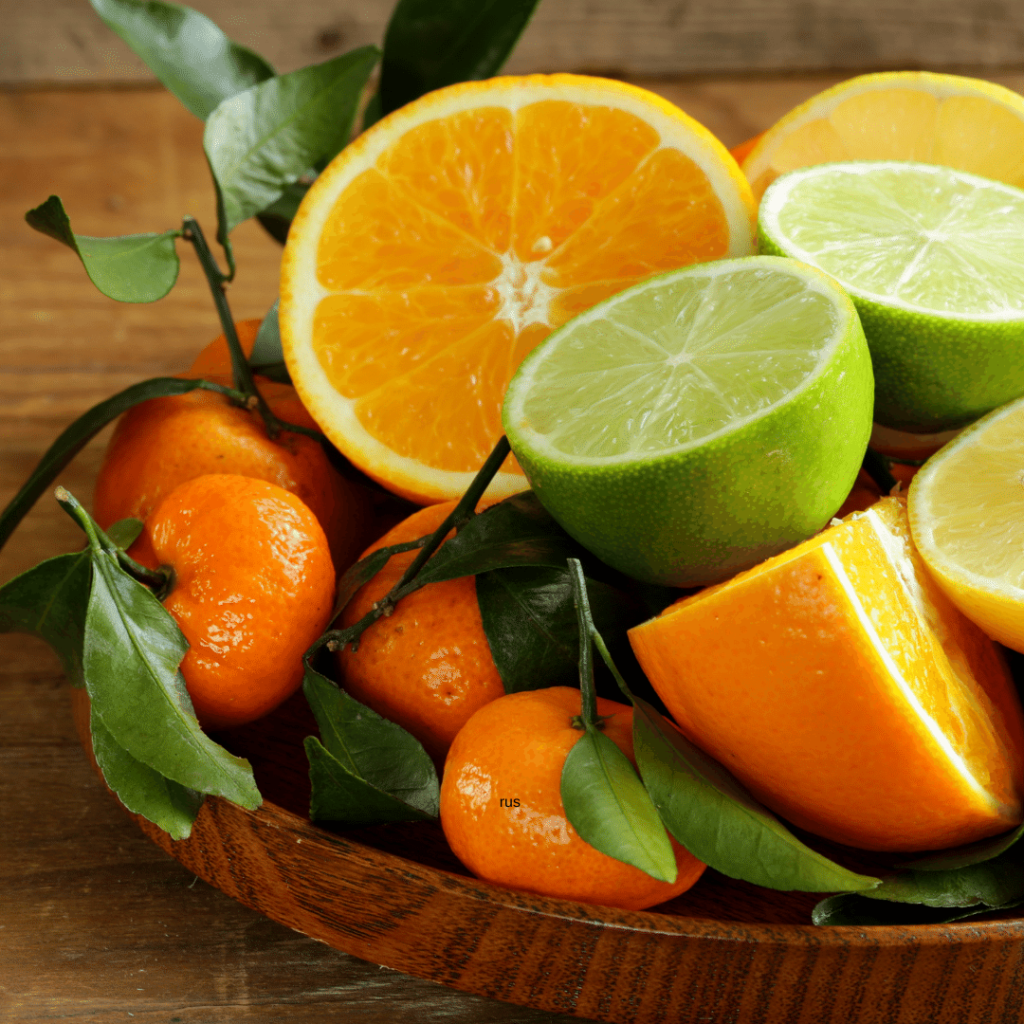Folate, also known as Vitamin B9, is a water-soluble vitamin that has many benefits during all life stages for women. It was named after the Latin word – “folium” which means “leaf.” Your body cannot make folate so you have to consume it in your diet.
Folic Acid is the synthetic form of the vitamin and is what you find in supplements or food that has been fortified with this important nutrient. If you are looking at food products, you would see folate as this is the form naturally found in foods.
Why is Folic Acid Important?
Folate is known for the role it plays in DNA synthesis and also in the formation of protein. If you would become deficient in folate, DNA formation would be slowed down or even stopped. As a woman, this becomes a big issue, particularly if you are thinking about becoming pregnant or you are in the age range of becoming pregnant. The growing baby is constantly forming new protein and DNA. Folic acid is involved in normal cell division and can impact this process if there isn’t enough of this nutrient. Folic acid has many benefits, which doesn’t have to include being a pregnant woman.
Some of the benefits of folic acid for women are:
- helping form new cells (think better hair, skin, and nails)
- help prevent damage to cells which can lead to cancer
Folate is also involved in forming certain neurotransmitters like serotonin and dopamine. The latest studies have even promoted folic acid to help treat depression, but this needs a lot more research before it’ll be recommended. This could mean that you would see benefits of improving your mood by increasing the amount of folic acid you consume.
Folate in Foods
The foods that have the most readily available folate are:

Liver: 212 mcg folate in 3 oz serving

Legumes: 131 mcg folate in one cup serving

Leafy Green Vegetables: 40 – 60 mcg folate in one cup serving

Nuts: 24 – 28 mcg of folate in one ounce serving

Avocados: 164 mcg of folate in one avocado

Citrus Fruits: 50 – 55 mcg of folate in one citrus fruit
Legumes and lentils are good sources of folate. In fact, one cup of legumes contains 131 mcg of folate while one cup of lentils has 358 mcg of folate. If you would eat one cup of frosted flakes (148 mcg of folic acid) and one cup of lentils (358 mcg of folate), you would be above the recommended level of folic acid and see the benefits from eating these foods.
Low Carbohydrate Diets and Folic Acid
One thing you need to consider is following a low carbohydrate diet, like the keto diet. Low carbohydrate diets limit how much folic acid you are eating from fortified foods because high carbohydrate foods are typically those that are fortified or enriched with folic acid.
If you are following a low carbohydrate diet, you should take a folic acid supplement to see the benefits and not risk becoming deficient of this nutrient.
Destroying Folate in Cooking
Between food processing and preparing foods, up to 90% of folate naturally found in food can be destroyed, which takes away most of the benefits of folic acid. Heating folate can destroy the water-soluble vitamin. You should consume fruits and vegetables that are fresh, which can help you retain more of the folate.
Natural food sources of folate provide very little actual folate to your diet and may not give you the most benefits compared to folic acid found in supplements and fortified foods because of how easily it is destroyed in cooking and preparation before eating.
Natural sources of folate like legumes, beans, and leafy green vegetables are not as easily absorbed in comparison to the folic acid form that is found in fortified foods and supplements.
Folic Acid in Fortified Foods
Since 1998, the United States has made it mandatory that flours that have been processed and had most of the vitamins removed add back certain nutrients and vitamins. Folic acid is on the list of nutrients that need to be added back to foods. Any product that says “enriched” that is made with flour is fortified with folic acid. These food sources of folic acid will give you the most benefits.
Bread, rolls, cakes, pasta, and cereals are some of the food products that have been fortified with folic acid. These fortified foods are some of the leading sources of folic acid in the American diet, which is why we no longer really see folic acid deficiency.
It is so easy to meet the 400 mcg/day recommendation of folic acid if you are eating fortified foods. In ¾ cup of Quaker’s Cap’N Crunch, there is 416 mcg of folic acid. It is obvious that this cereal has been fortified with folic acid because a one cup serving exceeds the daily recommendation.
One cup of Lucky Charms has 260 mcg of folic acid. (This makes sense as half the cereal is marshmallows!) Kellog’s Frosted Flakes has 148 mcg of folic acid in a one cup serving, which is lower than the previous cereals listed.
After looking at most cereals, they range anywhere from 150 mcg to 700 mcg of folic acid. Learning how to read nutrition fact labels is important so that you understand what you are eating and gain the most benefits from folic acid.
Folic Acid Dosage
The Recommended Dietary Allowance (RDA) for folate for adults is 400 mcg/day. If you are of childbearing age or thinking of becoming pregnant, the RDA is to consume folate as folic acid. To really see the most benefits of folic acid for women, you need to consistently consume 400 mcg/day.

For pregnant women, the recommendation is to consume 600 mcg/day of folic acid to see the benefits. If this amount of folic acid isn’t consumed, a pregnant woman might develop a deficiency. If you are a woman that is at an increased risk of having a child with neural tube defects, the amount of folic acid that is recommended drastically increases.
As a woman in general, you should follow the general recommendations for the public unless you are looking to become pregnant.
Folic Acid Supplement
To gain the most benefit from a folic acid supplement as a woman, be sure to check the nutrition facts label. You want to see 100% the Daily Value for folic acid. There are many supplements on the market for folic acid and a quick google search will show you many different products you can purchase. You can find folic acid as a single supplement, with a B complex supplement, and the highest dosage is usually seen in prenatal vitamins.
If you are thinking about becoming pregnant, it is recommended that you start a folic acid supplement at least 12 weeks, or 3 months, prior to becoming pregnant. The supplement should be continued throughout the entire pregnancy, post-partum, and during breastfeeding to gain the most benefits of folic acid.
This could be accomplished by taking a prenatal vitamin for the 12 weeks before you become pregnant until you stop breastfeeding the baby.
If you are concerned that you may become pregnant, it would be a good idea to take a prenatal vitamin if you are of childbearing age to help prevent any neural tube defects from occurring.
Deficiency of Folic Acid
One of the main reasons that folic acid is so beneficial for women, especially for women who are thinking of becoming pregnant and also during pregnancy, is the role in preventing neural tube defects like spina bifida, anencephaly, and cleft palate. During pregnancy, the major organs are formed during the first 8 weeks. A lot of women do not know that they are pregnant during this 8 week time frame and at that point, the risk of neural tube defects increase. This is why folic acid is beneficial for women prior to becoming pregnant.
The good news for all American women is that processed grains have a mandatory fortification of folic acid so that you will see the benefits and not develop a deficiency of folic acid. In fact, fortification of grains makes most women exceed the RDA for folic acid, but only by a little.
Folic acid deficiency is still a problem that occurs, just not as often as it occurred prior to fortifying foods. Pregnancy drastically increases the need for folic acid to 600 mcg/day and this can cause a deficiency of folic acid if more isn’t consumed.
Some common problems with folate deficiency are anemia and mood changes. Your red blood cells would be one of the first things affected by a deficiency of folic acid, which could cause anemia.
In addition to this, folate deficiency has also been correlated to different types of cancer like colon cancer, breast cancer, pancreas cancer, stomach cancer, and cervix cancer.
Deficiency of folic acid and cancer is directly related to folate’s role in the making of DNA and repair of DNA. To make this easier to understand, folic acid deficiency increases the risk of the cancers listed above.
Too Much Folic Acid Symptoms
The Upper Limit for folic acid is 1000 mcg/day. The upper limit of any nutrient is not what you are aiming to consume each day but rather the highest amount that you can take and not see negative side effects.
Too much folic acid can have symptoms that mask a vitamin B-12 deficiency. Typically, you won’t see any toxic side effects because of folic acid being a water-soluble vitamin.
While too much folic acid may not cause any significant symptoms, you should not go above the 1000 mcg/day upper limit.
YOU MIGHT ALSO ENJOY:

What is collagen made of & should you buy it?
Collagen is a popular supplement in the health industry, but do you know what collagen is and what is does? If you have no idea what collagen is made of and if you should buy these supplements, keep reading on to find out what collagen actually does for your body.

7 Low calorie Foods That Fill You Up!
These 7 low calorie foods will help you know what foods to eat that will stop you from feeling hungry! They are low in calories and will help keep you fuller longer!

